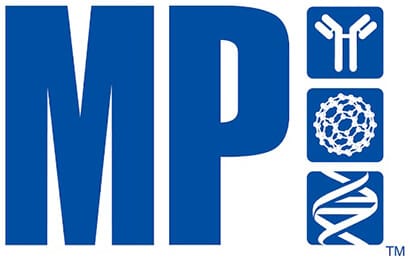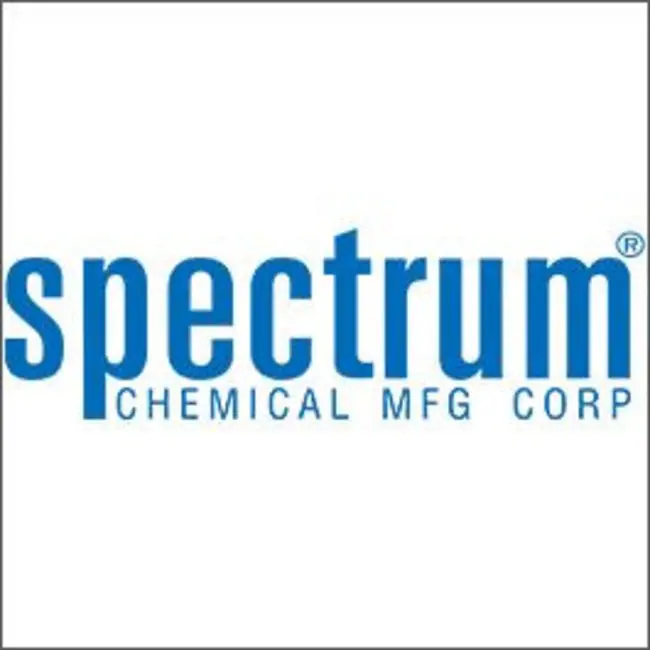Ambient
Showing 139101–139150 of 166681 results
-
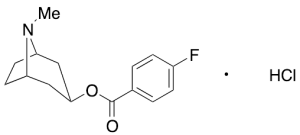
Pseudotropine 4-Fluorobenzoate Hydrochloride
$176.81 Add to cart View Product DetailsMolecular Formula : C15H18FNO2•HCl
-

Pseudotropine 4-Fluorobenzoate Hydrochloride
$324.30 Add to cart View Product DetailsMolecular Formula : C15H18FNO2•HCl
-
PSI 6130
$83.66 Add to cart View Product DetailsMolecular Formula : C10H14FN3O4
-
PSI 6130
$703.80 Add to cart View Product DetailsMolecular Formula : C10H14FN3O4
-
PSI 6130
$1,171.28 Add to cart View Product DetailsMolecular Formula : C10H14FN3O4
-

PSI 7411 Ammonium Salt
$176.81 Add to cart View Product DetailsMolecular Formula : C10 H14 F N2 O8 P . xH3 N
-

PSI 7411 Ammonium Salt
$1,389.49 Add to cart View Product DetailsMolecular Formula : C10 H14 F N2 O8 P . xH3 N
-

PSI-7977-D5
$218.21 Add to cart View Product DetailsMolecular Formula : C22H24D5FN3O9P
-

PSI-7977-D5
$1,638.75 Add to cart View Product DetailsMolecular Formula : C22H24D5FN3O9P
-

psi-Tropine
$149.21 Add to cart View Product DetailsMolecular Formula : C8 H15 N O
-

Psilocin (1.0 mg/mL in Methanol)
$199.24 Add to cart View Product DetailsMolecular Formula : C12 H16 N2 O
-
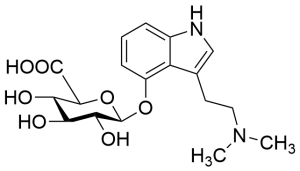
Psilocin O-Glucuronide
$190.61 Add to cart View Product DetailsMolecular Formula : C18H24N2O7
-

Psilocin O-Glucuronide
$859.05 Add to cart View Product DetailsMolecular Formula : C18H24N2O7
-

Psilocin O-Glucuronide
$1,537.84 Add to cart View Product DetailsMolecular Formula : C18H24N2O7
-
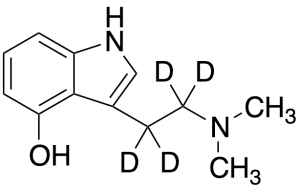
Psilocin-d4
$194.93 Add to cart View Product DetailsMolecular Formula : C12 D4 H12 N2 O
-

Psilocin-d4
$1,329.11 Add to cart View Product DetailsMolecular Formula : C12 D4 H12 N2 O
-

Psilocin-d4 (1.0mg/ml in Acetonitrile)
$335.51 Add to cart View Product DetailsMolecular Formula : C12 D4 H12 N2 O
-

Psilocine-d10
$175.09 Add to cart View Product DetailsMolecular Formula : C12 2H10 H6 N2 O
-

Psilocine-d10
$703.80 Add to cart View Product DetailsMolecular Formula : C12 2H10 H6 N2 O
-

Psilocine-d10
$1,209.23 Add to cart View Product DetailsMolecular Formula : C12 2H10 H6 N2 O
-
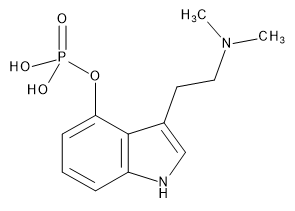
Psilocybin
$77.63 Add to cart View Product DetailsMolecular Formula : C12 H17 N2 O4 P
-

Psilocybin
$365.70 Add to cart View Product DetailsMolecular Formula : C12 H17 N2 O4 P
-

Psilocybin
$677.93 Add to cart View Product DetailsMolecular Formula : C12 H17 N2 O4 P
-

Psilocybin (1.0mg/ml in Methanol)
$154.39 Add to cart View Product DetailsMolecular Formula : C12 H17 N2 O4 P
-
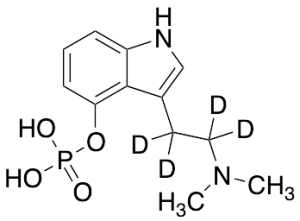
Psilocybin-d4
$370.88 Add to cart View Product DetailsMolecular Formula : C12 2H4 H13 N2 O4 P
-

Psilocybin-d4
$2,888.51 Add to cart View Product DetailsMolecular Formula : C12 2H4 H13 N2 O4 P
-

PSMA Fc Chimera, Human
$1,725.00 Add to cart View Product DetailsProstate-specific membrane antigen (PSMA) also known as Folate hydrolase 1 (FOLH1), Folylpoly-gamma-glutamate carboxypeptidase (FGCP), Glutamate carboxypeptidase 2 (GCP2), N-acetylated-alpha-linked acidic dipeptidase I (NAALAD1), is a type II membrane glycoprotein that is expressed in prostate tissue and to a lesser extent in the peripheral and central nervous system, small intestinal, and salivary gland tissues. PSMA has both folate hydrolase and N-acetylated-alpha-linked-acidic dipeptidase (NAALADase) activity and has a preference for tri-alpha-glutamate peptides. The catalytic activity of PSMA involves the release of unsubstituted C-terminal glutamyl residues, typically from Ac-Asp-Glu or folylpoly-gamma-glutamates. PSMA is used as a diagnostic and prognostic indicator of prostate cancer, and as a possible marker for various neurological disorders such as schizophrenia, Alzheimer’s disease, and Huntington’s disease.
-

PSMA Fc Chimera, Human
$258.75 Add to cart View Product DetailsProstate-specific membrane antigen (PSMA) also known as Folate hydrolase 1 (FOLH1), Folylpoly-gamma-glutamate carboxypeptidase (FGCP), Glutamate carboxypeptidase 2 (GCP2), N-acetylated-alpha-linked acidic dipeptidase I (NAALAD1), is a type II membrane glycoprotein that is expressed in prostate tissue and to a lesser extent in the peripheral and central nervous system, small intestinal, and salivary gland tissues. PSMA has both folate hydrolase and N-acetylated-alpha-linked-acidic dipeptidase (NAALADase) activity and has a preference for tri-alpha-glutamate peptides. The catalytic activity of PSMA involves the release of unsubstituted C-terminal glutamyl residues, typically from Ac-Asp-Glu or folylpoly-gamma-glutamates. PSMA is used as a diagnostic and prognostic indicator of prostate cancer, and as a possible marker for various neurological disorders such as schizophrenia, Alzheimer’s disease, and Huntington’s disease.
-

PSMA Fc Chimera, Human
$185.44 Add to cart View Product DetailsProstate-specific membrane antigen (PSMA) also known as Folate hydrolase 1 (FOLH1), Folylpoly-gamma-glutamate carboxypeptidase (FGCP), Glutamate carboxypeptidase 2 (GCP2), N-acetylated-alpha-linked acidic dipeptidase I (NAALAD1), is a type II membrane glycoprotein that is expressed in prostate tissue and to a lesser extent in the peripheral and central nervous system, small intestinal, and salivary gland tissues. PSMA has both folate hydrolase and N-acetylated-alpha-linked-acidic dipeptidase (NAALADase) activity and has a preference for tri-alpha-glutamate peptides. The catalytic activity of PSMA involves the release of unsubstituted C-terminal glutamyl residues, typically from Ac-Asp-Glu or folylpoly-gamma-glutamates. PSMA is used as a diagnostic and prognostic indicator of prostate cancer, and as a possible marker for various neurological disorders such as schizophrenia, Alzheimer’s disease, and Huntington’s disease.
-

PSMA, His, Human
$1,552.50 Add to cart View Product DetailsProstate-specific membrane antigen (PSMA) also known as Folate hydrolase 1 (FOLH1), Folylpoly-gamma-glutamate carboxypeptidase (FGCP), Glutamate carboxypeptidase 2 (GCP2), N-acetylated-alpha-linked acidic dipeptidase I (NAALAD1), is a type II membrane glycoprotein that is expressed in prostate tissue and to a lesser extent in the peripheral and central nervous system, small intestinal, and salivary gland tissues. PSMA has both folate hydrolase and N-acetylated-alpha-linked-acidic dipeptidase (NAALADase) activity and has a preference for tri-alpha-glutamate peptides. The catalytic activity of PSMA involves the release of unsubstituted C-terminal glutamyl residues, typically from Ac-Asp-Glu or folylpoly-gamma-glutamates. PSMA is used as a diagnostic and prognostic indicator of prostate cancer, and as a possible marker for various neurological disorders such as schizophrenia, Alzheimer’s disease, and Huntington’s disease.
-

PSMA, His, Human
$232.88 Add to cart View Product DetailsProstate-specific membrane antigen (PSMA) also known as Folate hydrolase 1 (FOLH1), Folylpoly-gamma-glutamate carboxypeptidase (FGCP), Glutamate carboxypeptidase 2 (GCP2), N-acetylated-alpha-linked acidic dipeptidase I (NAALAD1), is a type II membrane glycoprotein that is expressed in prostate tissue and to a lesser extent in the peripheral and central nervous system, small intestinal, and salivary gland tissues. PSMA has both folate hydrolase and N-acetylated-alpha-linked-acidic dipeptidase (NAALADase) activity and has a preference for tri-alpha-glutamate peptides. The catalytic activity of PSMA involves the release of unsubstituted C-terminal glutamyl residues, typically from Ac-Asp-Glu or folylpoly-gamma-glutamates. PSMA is used as a diagnostic and prognostic indicator of prostate cancer, and as a possible marker for various neurological disorders such as schizophrenia, Alzheimer’s disease, and Huntington’s disease.
-

PSMA, His, Human
$168.19 Add to cart View Product DetailsProstate-specific membrane antigen (PSMA) also known as Folate hydrolase 1 (FOLH1), Folylpoly-gamma-glutamate carboxypeptidase (FGCP), Glutamate carboxypeptidase 2 (GCP2), N-acetylated-alpha-linked acidic dipeptidase I (NAALAD1), is a type II membrane glycoprotein that is expressed in prostate tissue and to a lesser extent in the peripheral and central nervous system, small intestinal, and salivary gland tissues. PSMA has both folate hydrolase and N-acetylated-alpha-linked-acidic dipeptidase (NAALADase) activity and has a preference for tri-alpha-glutamate peptides. The catalytic activity of PSMA involves the release of unsubstituted C-terminal glutamyl residues, typically from Ac-Asp-Glu or folylpoly-gamma-glutamates. PSMA is used as a diagnostic and prognostic indicator of prostate cancer, and as a possible marker for various neurological disorders such as schizophrenia, Alzheimer’s disease, and Huntington’s disease.
-
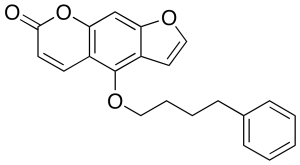
Psora 4
$178.54 Add to cart View Product DetailsMolecular Formula : C21 H18 O4
-

Psora 4
$1,406.74 Add to cart View Product DetailsMolecular Formula : C21 H18 O4
-
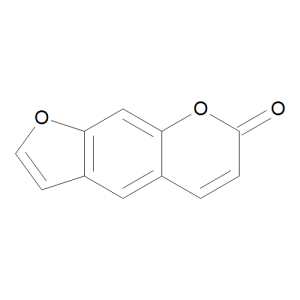
Psoralen
$55.20 Add to cart View Product DetailsMolecular Formula : C11 H6 O3
-

Psoralen
$99.19 Add to cart View Product DetailsMolecular Formula : C11 H6 O3
-

Psoralen
$170.78 Add to cart View Product DetailsMolecular Formula : C11 H6 O3
-

Psychrometer / Anemometer
$233.82 Add to cart View Product DetailsPsychrometer / Anemometer
-
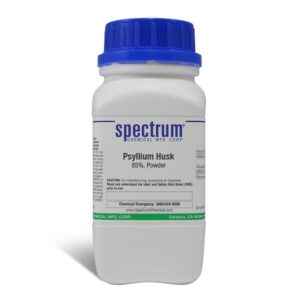
Psyllium Husk, 85 Percent, 40-80 Mesh, Powder
$94.85 Add to cart View Product DetailsPsyllium Husk, 85 Percent, 40-80 Mesh, Powder
-

Psyllium Husk, 85 Percent, 40-80 Mesh, Powder
$283.82 Add to cart View Product DetailsPsyllium Husk, 85 Percent, 40-80 Mesh, Powder
-

Psyllium Husk, 85 Percent, 40-80 Mesh, Powder
$387.55 Add to cart View Product DetailsPsyllium Husk, 85 Percent, 40-80 Mesh, Powder
-

Pt 1000 Temperature Probe – for use with 850027
$38.65 Add to cart View Product DetailsPt 1000 Temperature Probe – for use with 850027
-

Pt Glass Low Conductivity Probe
$122.52 Add to cart View Product DetailsPt Glass Low Conductivity Probe
-
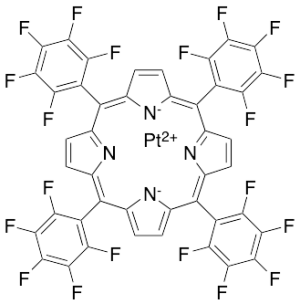
Pt(II) meso-Tetra(pentafluorophenyl)porphine
$50.89 Add to cart View Product DetailsMolecular Formula : C44H8F20N4Pt
-

Pt(II) meso-Tetra(pentafluorophenyl)porphine
$78.49 Add to cart View Product DetailsMolecular Formula : C44H8F20N4Pt
-

Pt(II) meso-Tetra(pentafluorophenyl)porphine
$313.95 Add to cart View Product DetailsMolecular Formula : C44H8F20N4Pt
-
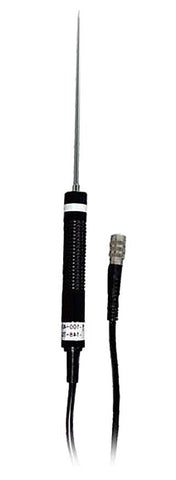
PT100 Probe for 800117C
$80.58 Add to cart View Product DetailsPT100 Probe for 800117C
-
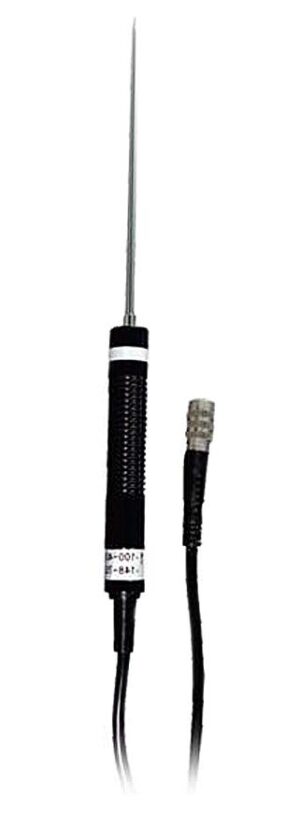
PT1000 Probe for 800117C
$80.58 Add to cart View Product DetailsPT1000 Probe for 800117C
-

PT1000 Probe for 800118C
$80.58 Add to cart View Product DetailsPT1000 Probe for 800118C
-
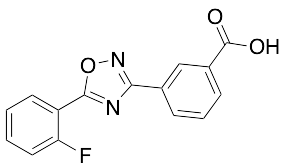
PTC-124
$123.34 Add to cart View Product DetailsMolecular Formula : C15H9FN2O3



